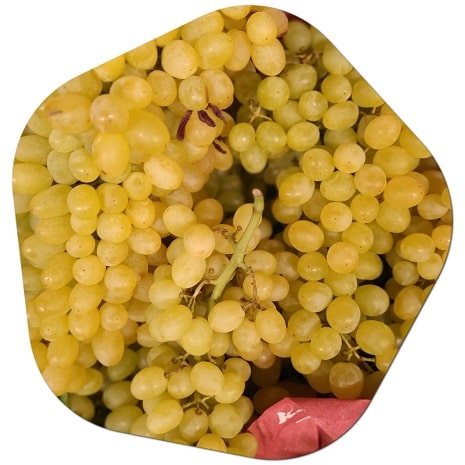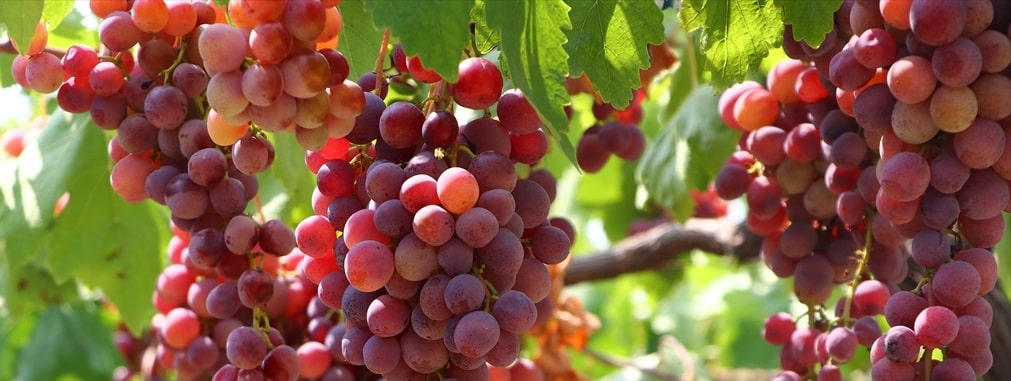Which country grows the most grapes?
China was the country that grew the most grapes in terms of production volume. China’s grape production had been increasing significantly over the years, driven by both domestic consumption and export markets. China’s diverse climate and geography allow for grape cultivation in various regions of the country.
However, please note that agricultural production figures can vary from year to year, and there might have been changes in grape production since my last update. It’s recommended to consult more recent sources for the latest information on global grape production.
TOP TEN GRAPE-PRODUCING COUNTRIES
Here are the top ten grape-producing countries:

- China: China was the leading grape producer globally, with a significant and growing output.
- Italy: Italy has a long history of grape cultivation and is known for its wine production.
- United States: The U.S. is a major grape producer, with California being a prominent grape-growing region.
- Spain: Spain is another country with a rich tradition of grape cultivation and winemaking.
- France: France is renowned for its wine production, which relies heavily on grape cultivation.
- Turkey: Turkey has a substantial grape industry, producing both table grapes and grapes for processing.
- Iran: Iran has a history of grape cultivation and is a significant producer of grapes for various uses.
- India: India has a growing grape industry, with both table grapes and grapes for wine production.
- Argentina: Argentina is known for its wine production, which depends on a significant grape cultivation.
- Chile: Chile is also a notable wine-producing country with substantial grape cultivation.
Grape production figures can fluctuate due to various factors, including weather conditions, market demands, and changes in agricultural practices. For the most up-to-date information, it’s advisable to consult recent agricultural and trade reports.
Information about grapes
Grapes are a popular fruit with a rich history that spans thousands of years. Here’s some information about grapes:

- Varieties: Grapes come in a wide variety of colors, flavors, and sizes. They can be categorized into two main types: table grapes and wine grapes. Table grapes are typically eaten fresh, while wine grapes are used for making wine.
- Nutritional Value: Grapes are a good source of vitamins and minerals, particularly vitamin C and vitamin K. They also contain dietary fiber and natural sugars. Resveratrol, an antioxidant found in the skin of grapes, has been associated with various health benefits.
- Health Benefits: Grapes offer several health benefits. Their antioxidants, including resveratrol, may contribute to heart health by helping to reduce inflammation and improve blood flow. Grapes also contain compounds that support the immune system and digestive health.
- Cultivation: Grapes grow on woody vines known as grapevines. They require well-drained soil, sunlight, and a suitable climate for optimal growth. Different grape varieties have varying climate preferences.
- Wine Production: Wine grapes are specifically cultivated for making wine. The type of grape used and its characteristics influence the flavor, aroma, and qualities of the resulting wine.
- Harvesting: Grapes are typically harvested in late summer to early autumn, depending on the variety and region. The timing of the harvest affects the grape’s sugar content, acidity, and overall flavor.
- Cultural Significance: Grapes have cultural significance in various societies and religions. They have been used in rituals, celebrations, and festivals throughout history. Grapes are a key component of certain religious traditions, such as the use of wine in Christian communion.
- Uses: Grapes are enjoyed fresh as a snack and can be included in salads, desserts, and various dishes. They are also processed into products like raisins, grape juice, jams, and jellies. Of course, grapes are a primary ingredient in wine production, which has cultural, social, and economic significance in many regions.
- Global Production: Grapes are grown in numerous countries around the world. Beyond being consumed as fresh fruit and used in winemaking, they are also important for the production of grape-derived products.
- Cultural Variations: Different grape varieties are associated with different wine regions, each with its own traditions, techniques, and characteristics. These variations contribute to the diversity of wines available globally.
There may have been developments or changes since then. List of the world’s top grape-growing countries >>
For the most up-to-date and accurate information on grape cultivation rates by country, I recommend consulting reputable agricultural and trade sources, such as government agricultural departments, international organizations like the Food and Agriculture Organization (FAO), and industry associations related to grapes and wine. These sources often publish annual reports and statistics related to agricultural production, including grape cultivation.





